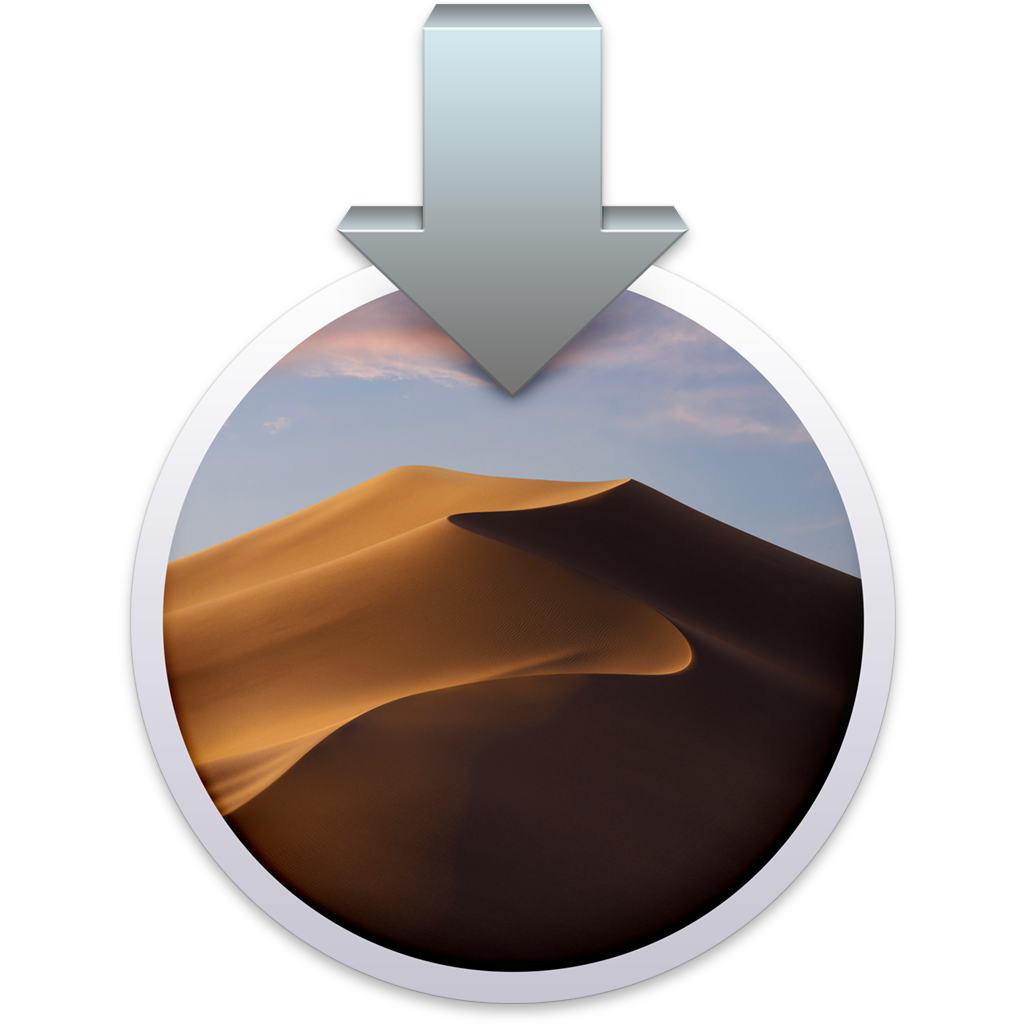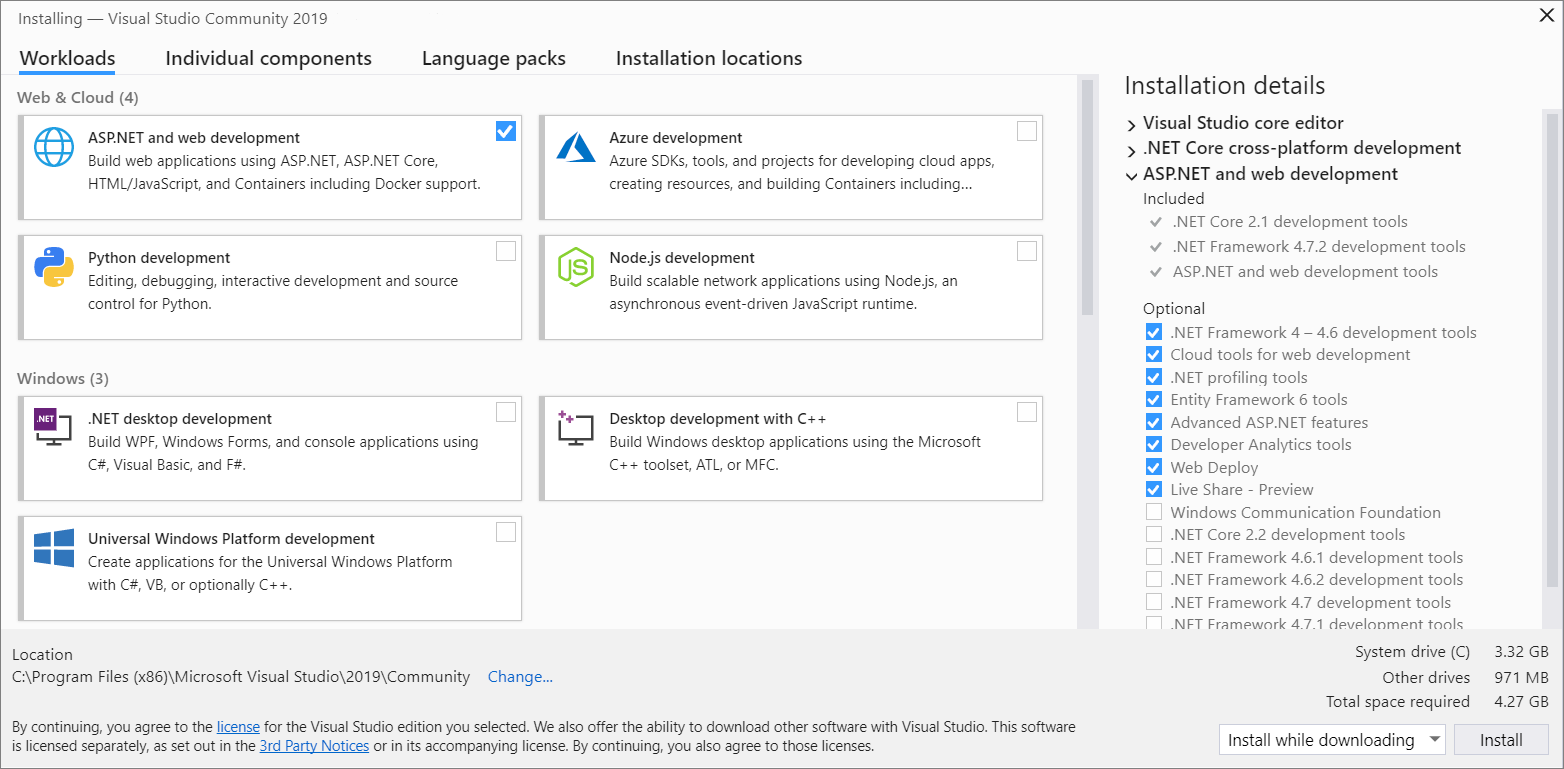- Installer Installer.app Contents Macos Dredger Tool
- Installer Installer.app Contents Macos Dredger Linux
- Aug 26, 2010 'Install macOS High Sierra.app does not appear to be a valid OS installer application.' Fix I downloaded the installer from App Store, turns out I can't create bootable usb installer with command.
- Select Install macOS (or Install OS X) from the Utilities window, then click Continue and follow the onscreen instructions. Learn more For more information about the createinstallmedia command and the arguments that you can use with it, make sure that the macOS installer is in your Applications folder, then enter this path in Terminal.
What’s up guys, in this tutorial I’m going to show you How to Create Bootable USB Installer for macOS High Sierra Windows 10 Operating System. There are few applications that you need to download in-order to successfully create a bootable USB Flash Drive to install macOS High Sierra Windows 10 PC.
Firstly, you need to download TransMac application as we will use this to write files onto flash drive. Once you have downloaded and installed TransMac, run the application.
TransMac is a Paid Application. But the trial period will last for 15 days, this is more than enough for us to Create Bootable USB Installer for macOS High Sierra Windows 10.
Before you click Run, just make sure you have plugged-in your 16 GB USB Flash Drive.
Now, Click Run and proceed with the trial of 15 Days. You should see the following screen once you click Run.
On September 20, 2016, Apple announced that macOS Sierra, the latest major release of the world’s most advanced desktop operating system, is now available as a free update. MacOS Sierra brings Siri to the Mac with intelligent and helpful features users know and love from the iPhone and iPad, along with all-new capabilities designed. Mac OS X: Open the Console application from the Applications/Utilities folder. Select System.log from the log list on the left. In the String Matching filter field, type Adobe AIR. Select all, and then copy and paste into a text file. Many Mac users who are attempting to download macOS High Sierra from the Mac App Store will find that a small 19 MB version of “Install macOS High Sierra.app” downloads to the /Applications folder of the target Mac, rather than the complete 5.2 GB Installer application for macOS High Sierra. This is annoying because it prevents a single. Cd /Downloads/Sophos Installer.app/Contents/MacOS/ Note: This command assumes that the Standalone installer was downloaded to the currently logged-in Users Downloads folder. Run the CreateOnAccessPreconfig command with the required arguments.
Right-Click on your USB Flash Drive and select the option Format Disk for Mac.When the warning pops-up click Yes.
TransMac will now ask you to name your ISB Drive. I will name my USB Drive as “USB Installer“, but you can name it anything you like. After you Name the USB Drive click OK.
Click Yes, when TransMac will give you the Overwrite warning.
Now, just wait for few moments, as the formatting process is going on.
Once the formatting is successfully completed you should get this following confirmation. If it is not a success, please follow the steps again and format your flash drive.
Click Ok, and now right-click on your USB Flash Drive again and select the option Restore with Disk Image.
Click Yes, when TransMac gives you a warning for Overwriting.Next Step is to Select the dmg file for macOS High Sierra. You would need an Mac to download the macOS High Sierra Installation file from Apple Store.
To locate the DMG File, follow these steps
After you have downloaded the High Sierra app, locate the InstallESD.DMG from the installer.
In Applications folder: Right-click on Install MacOS High Sierra app, then choose Show Packages Contents to reveal Contents folder.
The MacOS High Sierra InstallESD.DMG is found under: Contents/SharedSupport/
Now copy this InstallESD.DMG as you need it in TransMac to Create macOS High Sierra Bootable USB Installer on Windows 10.
Ok, so lets continue with TransMac Restore Disk Image to Drive. On this screen, select the InstallESD.DMG file and click OK.
Click Yes, when TransMac Gives you the Overwrite warning.
Now the TransMac will start the process of Restoring High Sierra Image on the Flash Drive. this will take 15-25 minutes, depending on the speed of your flash drive.
Ok that should be it for this tutorial on How to Create macOS High Sierra Bootable USB Installer on Windows 10 PC.https://techhowdy.com/high-sierra-bootable-usb-installer-on-windows-10/https://techhowdy.com/wp-content/uploads/2018/05/Create-macOS-High-Sierra-Bootable-USB-Installer-on-Windows-10-1024x641.jpghttps://techhowdy.com/wp-content/uploads/2018/05/Create-macOS-High-Sierra-Bootable-USB-Installer-on-Windows-10-150x150.jpgHackintosh TutorialsCreate macOS High Sierra Bootable USB Installer,Create macOS High Sierra Bootable USB Installer on Windows,Create macOS High Sierra Bootable USB Installer on Windows 10,High Sierra Bootable USB Installer on Windows 10,macos high sierra bootable usb,macos high sierra bootable usb download,macos high sierra bootable usb from windows,macos high sierra bootable usb installer,macos high sierra bootable usb terminal,macos high sierra bootable usb windowsWhat's up guys, in this tutorial I'm going to show you How to Create Bootable USB Installer for macOS High Sierra Windows 10 Operating System. There are few applications that you need to download in-order to successfully create a bootable USB Flash Drive to install macOS High Sierra Windows...DemonLyoidLopeslyoid_lopes@yahoo.comAdministratorHi there, I am Lyoid Lopes. Internet Marketer and Blog writer. I am Software Engineering Technology graduate from Centennial College Canada. In Techhowdy I publish new technology news every day. You can reach me Facebook, Twitter and Google +TechHowdy
Adobe AIR is a computer program known as a runtime. It is necessary to have Adobe AIR on your computer to run certain applications. Applications that require Adobe AIR are called Adobe AIR applications.
Most Adobe AIR problems are related to having the correct version of Adobe AIR. Before you begin troubleshooting your problem, get the latest version of Adobe AIR for your operating system. Adobe AIR is available for free.
Before you begin troubleshooting, perform the following tasks:
Determine the version of Adobe AIR on your computer
An Adobe AIR application requires a minimum version of Adobe AIR. Typically, the Adobe AIR application's installation program makes sure that your computer has the correct version of Adobe AIR. If necessary, the Adobe AIR application downloads and installs the latest version of Adobe AIR.
You can check which version of Adobe AIR is installed on your computer. To do so, follow the steps provided here.
However, you can get an older version of Adobe AIR here.
The installation program installs Adobe AIR at the following location:
- /Library/Frameworks/Adobe AIR.framework/
The Adobe AIR installation log file can help you troubleshoot your installation problem. You can also use the log's contents if you post a question to the Adobe AIR installation issues forum.
For Adobe AIR 1.0 to 1.5.3, see this document for more information.
You can get the contents of the install log using the following steps:
| Mac OS X |
|
The application could not be installed because the AIR file is damaged. Try obtaining a new AIR file from the application author.

The .airappinstall.log file can reveal the specific issue. The Adobe AIR application installer could've found an instance of Adobe AIR or the Adobe AIR application on a mounted drive other than main drive. Time Machine (10.5.x) could have a backup of the application. Unmount drives other than main drive and retry installation.
It's possible that the Adobe AIR application didn't download from the website completely. Retry downloading the Adobe AIR application (the .air file).
You could receive an invalid signature verification log error if the certificate used to sign the Adobe AIR application has expired.
The AIR Installer states it is already installed, or requires AIR. Can't install AIR
This error can occur if the installer is in a different language (Korean).
Mac users experienced this error in 1.1. A corrupt locale list could be the cause. Try moving languages in your locale language list or adding a language. Mac OS rebuilds locale settings.
The user interface / window does not appear when running an Adobe AIR application, the Adobe AIR installer, or the Adobe AIR uninstaller.
Check the locale settings to see if Latin American Spanish (es-419) is in the list. Incorrect settings trigger an esoteric bug that can cause the behavior described in the Adobe AIR installer and uninstaller, and in some Adobe AIR applications.
The Adobe AIR installer doesn't display a window when launched.

This issue appears to be a conflict with an internal Webkit library. Follow these steps to work around this problem:
- Download and mount the latest Adobe AIR installer from http://get.adobe.com/air
- Open the 'Terminal' application found in your Application/Utilities folder
- Copy and past the following command:
sudo /Volumes/Adobe AIR/Adobe AIR Installer.app/Contents/MacOS/Adobe AIR Installer -silent -eulaAccepted - After hitting enter, you will be prompted for your login password.
- Installation takes a few minutes. Look for output similar to the following:
- Once complete, close Terminal and install your Adobe AIR application.
During installation of Adobe AIR, you receive an error dialog with contents similar to 'An error occurred while installing Adobe AIR. Installation may not be allowed by your administrator. Please contact your administrator.'
Installer Installer.app Contents Macos Dredger Tool
Follow these steps for the manual solution:
- Using Finder, navigate to your Applications folder and look for a file (not a folder) named 'Adobe'. If one exists, rename or delete it.
- Open the Terminal application in your Applications/Utilities folder. Run the following commands:
Next, adjust the ownership of a particular folder. Run the following two commands in Terminal, noting the user name response of the 'whoami' command. Replace username with your username in the next command:
- sudo chown -R username:staff ~/Library/Application Support/Adobe/AIR/
Installer Installer.app Contents Macos Dredger Linux
Close the Terminal application and rerun the Adobe AIR installer.
During installation of Adobe AIR or an Adobe AIR application, you receive an error similar to the following:
'You cannot open the application Adobe AIR installer.app because it is not supported on this architecture.'
The Mac PowerPC is no longer supported by Adobe AIR. You can only install and use Adobe AIR applications that require AIR 1.5.3 or earlier. Use Adobe AIR version 1.5.3:
Download Adobe AIR 1.5.3 for MacOS.
http://helpx.adobe.com/air/kb/troubleshoot-air-installation-mac-os.html
Note: Adobe AIR applications that require Adobe AIR 2 or later cannot be installed or used on a Mac PowerPC.
.See other installation problems.
Do you still have problem with the Adobe AIR installation? Post your question in the Adobe AIR Installation Issues forum.
| Get the latest version of Adobe AIR | Get a different version of Adobe AIR |